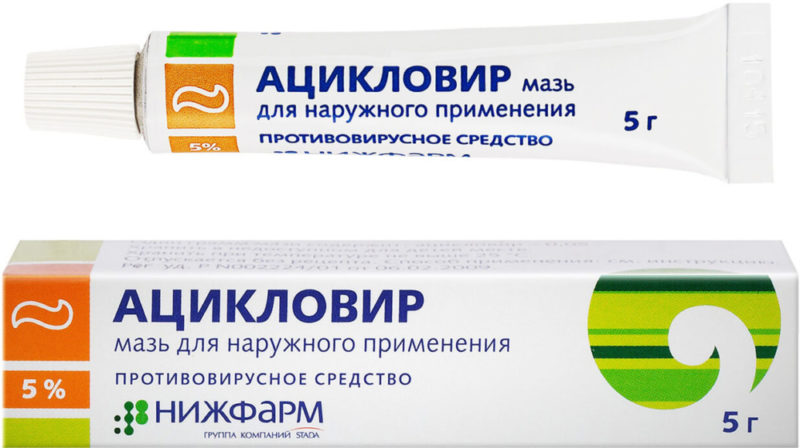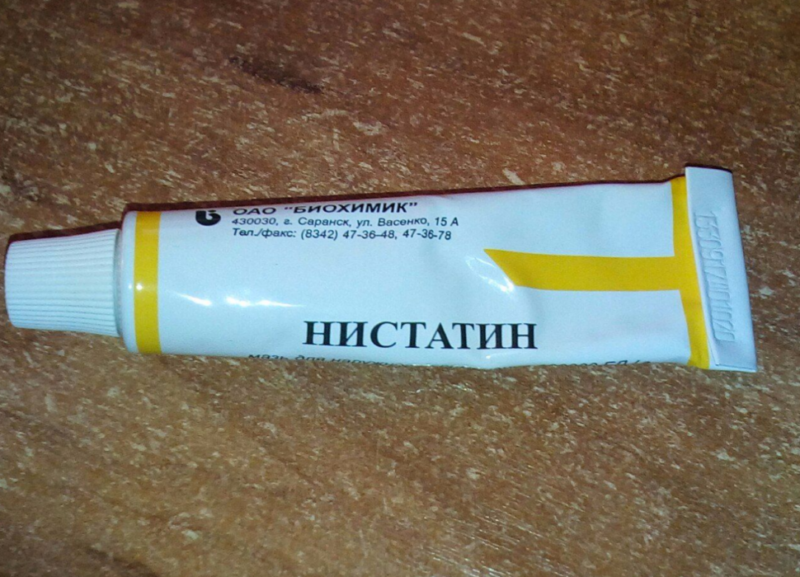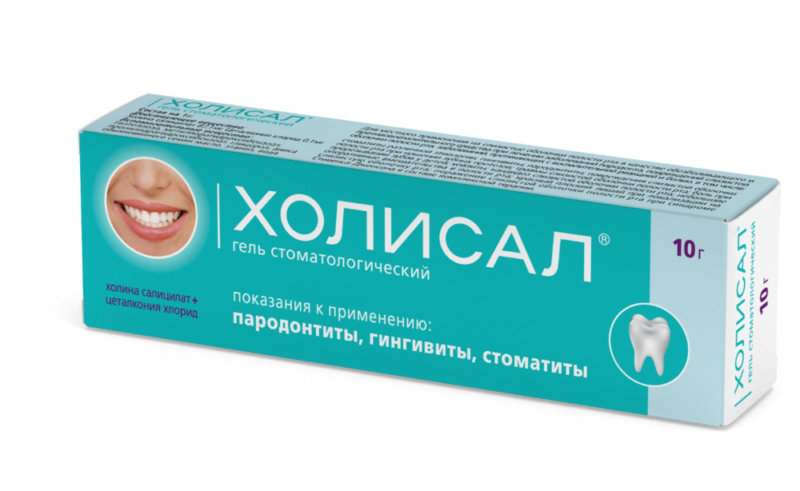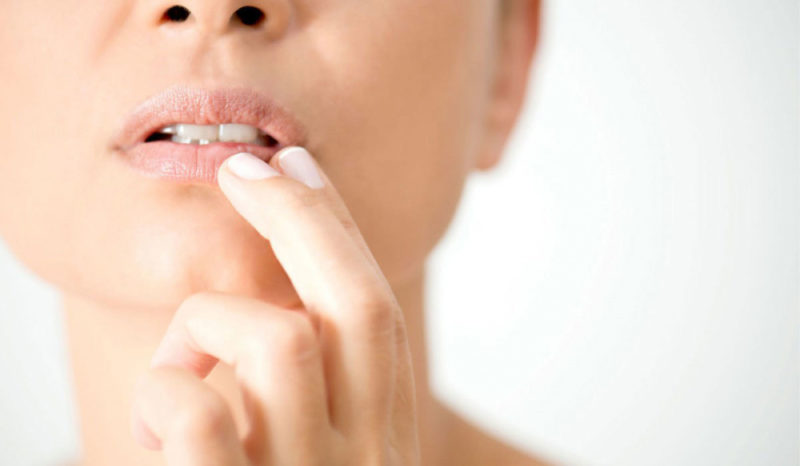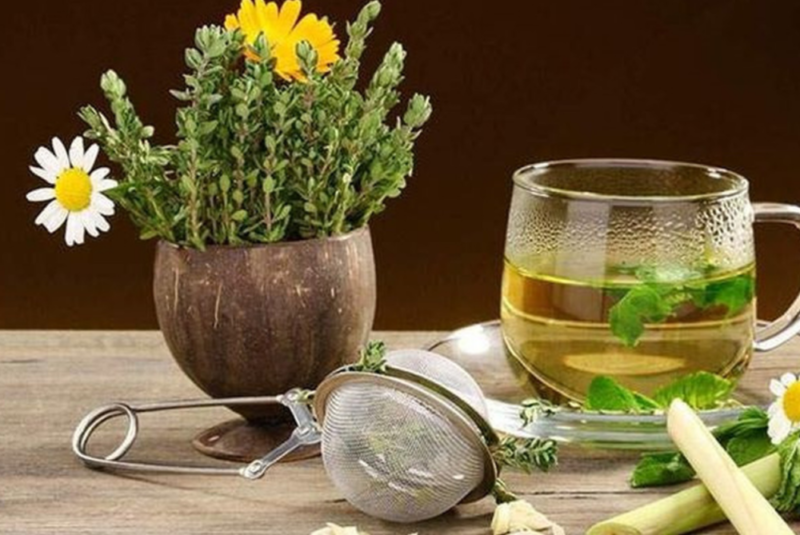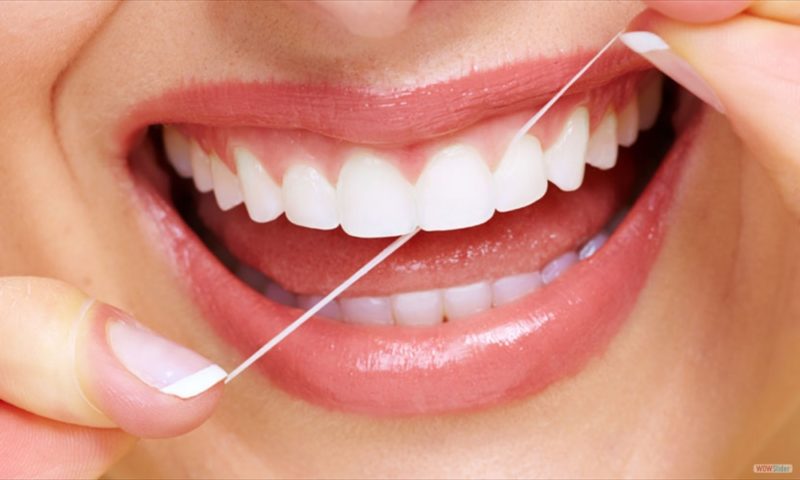Stomatitis causes a lot of discomfort. The patient has a natural desire to quickly get rid of the problem. Let's try to figure out how effective the proposed pharmaceutical industry tools. Consider each ointment for stomatitis separately, and also try to delve into the root of the problem and find out how to prevent re-infection.
Material Content:
Stomatitis and its types
Stomatitis is not only a childhood disease, although it is less common in adults. There are reasons for the separation by age. Kids often neglect hygiene, which just becomes the prerequisite for the development of the disease.
Characteristic signs of stomatitis are: swelling and redness of the oral mucosa, the occurrence of painful sores or erosion on the inner surface of the lips and cheeks. Such manifestations are inconvenient with increased salivation, bad breath. In the early days, the patient may have a fever and general well-being.
The exact causes of the disease have not yet been elucidated. Doctors agree that the largest role is played by the immune factor.
An infectious agent is almost always involved in the development of stomatitis: be it viruses, bacteria or fungi. However, under normal conditions, they do not show their activity.
- The weakening of the defenses gives an impetus to the development of the disease and opens the gate to infection.
- An allergic reaction causes stomatitis when the immune system cannot recognize a foreign substance and reacts to it with rejection.
- Incorrect work of the defenses can be expressed by an autoimmune reaction. This happens when, for an unclear reason, the body attacks its own cells.
The state of the gastrointestinal tract, as well as metabolic processes, is tied to the work of immunity. Disorders in these areas can cause ulcers in the mouth.
It becomes clear that the root cause is a malfunction of the body's natural resistance, and the attachment of infection is already the result of a weakening of the immune system. However, the disease is usually classified according to the nature of the lesion.
The following forms are distinguished:
- bacterial;
- viral;
- candida;
- chemical;
- radiation;
- allergic
With the bacterial form, the pathogen is identified from the genus streptococci or staphylococci. Viral stomatitis provokes the herpes virus and Epstein-Barr. Candida is caused by candida fungus. Chemical occurs after exposure to acids or alkalis. Radiation - due to the treatment of cancer.
The cause of the allergic form is due to the ingestion of an allergen in the mouth. Such stomatitis is manifested by irritation and swelling of the inner surfaces of the cheeks, lips and palate, the appearance of ulcers, erosion and itchy redness on them.
Damage is also considered in terms of the depth of mucosal damage. On this basis, stomatitis is divided into catarrhal and aphthous. The first type indicates superficial inflammation without compromising the integrity of the mucosa. With an aphthous form, the damage goes deeper. Defects appear on the shell in the form of aft - flat formations of a light color, covered with a thin film and surrounded by a red halo.
In the absence of serious diseases involving metabolic disorders and a significant decrease in the immune status (cancer, diabetes mellitus, tuberculosis, HIV), the disease disappears within 7-10 days on its own. But to quickly suppress symptoms and prevent the development of a more complex form, it is necessary to apply a set of measures.
How to treat stomatitis in children and adults
Drugs for specific therapy are selected according to the type of pathogen. Antiviral, antibacterial or antimycotic agents can become such medicines. At this stage, diagnosis plays an important role, improper treatment can lead to complication.
- First of all, they remove all irritants: burning and spicy food; too cold, very salty or hard food.
- The oral cavity is cleaned with rinses. For this, ready-made antiseptic solutions are used. Make decoctions based on herbs (chamomile, calendula, oak bark). Concentrated herbal tinctures are diluted with water and get water-alcohol compositions for rinsing. Use a solution of baking soda.
- To reduce discomfort, relieve swelling and rapid healing of the mucosa, ointments (solcoseryl, oxolin, clotrimazole, methyluracil) are used. The composition of special products may include an anesthetic, which additionally relieves pain.
Let's consider in more detail some effective drugs for the treatment of stomatitis.
The most effective ointments for treatment and their instructions for use
You need to understand that the choice of drug should be based on the results of diagnosis. Each agent has a limited spectrum of action and cannot simultaneously be effective against several types of pathogens.
Acyclovir
Acyclovir ointment is white with a subtle smell. Contains 3 or 5% of the same active substance. The action of the drug extends to the herpes simplex virus type 1 and 2, Varicella zoster and Epstein-Barr virus.
The tool stops the replication of the virus. The action is due to the blocking of the nucleotide, which is involved in the construction of new RNA of the pathogen.The medicine does not completely eliminate the pathogen, but it reduces the viral load.
To achieve a pronounced effect, treatment should be started as soon as possible. Wounds should be treated every four hours, applying a thin layer of ointment for stomatitis in the mouth. The treatment is carried out for five days and stopped when the vesicles dry out, and a crust forms on their surface.
The instruction warns that, in contact with the mucous membrane, the ointment can cause irritation. As adverse reactions, one should expect burning, swelling and redness. Cases of overdose by local means are not recorded.
For acyclovir in the form of an ointment, the drug interaction has not been studied. During treatment, lactation should be discontinued. With pregnant women, the issue is resolved individually.
Nystatin
Nystatin ointment is an external agent used to treat the skin and mucous membranes. A gram of the drug contains 100 thousand units of nystatin fungicide.
The ointment is effective against fungi of the genus Candida. The fungicide structures are embedded in the membrane of the fungal cell, increasing its permeability to electrolytes. Due to oversaturation with metal ions, the cell is destroyed by excessive turgor.
Treatment lasts for seven to ten days. The composition is applied in a thin layer to the mucous membranes damaged by infection twice a day.
The ability of the active component to be absorbed into the integument should serve as a reason for canceling feeding for the period of treatment. There is evidence of a negative effect of nystatin on the course of pregnancy. However, in the later stages, the drug is usually allowed. The decision on the appointment is made by the doctor.
During the treatment period, you can feel a general malaise. Sometimes patients have fever, vomiting and diarrhea. Frequent use of the product can lead to the appearance of forms of fungi resistant to it.
Holisal
The action of Holisal gel combines two effects: it pacifies the pain for 2-8 hours and disinfects the treated surface, inhibiting the activity of fungi, viruses and bacteria.
The remedy for stomatitis for adults and the ointment for stomatitis for children are identical in composition. The active complex consists of choline salicylate and cetalkonium chloride, which are present in grams of gel in the amount of 87.1 and 0.1 mg, respectively.
Holisal ointment is a non-steroidal anti-inflammatory drug. It inhibits the release of inflammatory mediators and has a calming, decongestant effect.
If stomatitis interferes with food intake, the gel can be applied before meals to relieve discomfort. A finger is squeezed onto the finger with a strip of a centimeter (for adults) or half a centimeter (for children) and the infected surface is treated, rubbing the medicine with light massaging movements, up to three times a day.
During pregnancy or breastfeeding, the use of the gel is possible at the discretion of the doctor.
In the rubbing areas, a burning sensation can be felt, which soon passes by itself.
Tebrofen ointment
Due to the presence of tebrofen, the ointment stops the multiplication of the herpes simplex virus of both types, as well as chickenpox and shingles virus. For processing the mucosa should use a form with a concentration of 2%.
Ointment gently cover the affected areas up to four times a day for seven days. The medicine has a mild immunostimulating effect. Pregnant and lactating it is not prohibited, after assessing the risk and benefits can be prescribed by a doctor.
There are burning and redness at the place of application. And also it is worth fearing individual intolerance.
Folk remedies for stomatitis
If there are no complications in the form of high fever, severe pain and the rapid spread of the disease, treatment can be carried out at home using folk remedies. Home techniques become an addition to the main treatment, and in mild cases they can help on their own.
- Chamomile solution has a good soothing and disinfecting property.It is prepared on the basis of half a glass of hot boiling water with the addition of one packet or a tablespoon of dry plant powder. The composition can withstand fifteen minutes, when using grass in bulk - filter. Rinse your mouth with warm medicine after each meal.
- The grass of the string is brewed from the following calculation: a packet in a glass of hot water. The infusion is suitable for use after twenty minutes. The plant has antibacterial, antipruritic, soothing and healing properties. Infusion can be used in the morning and before going to bed.
- A solution of baking soda is considered a fairly effective remedy. In a glass of slightly warm water, you need to dilute a teaspoon of powder. The mucous membrane is treated up to three times a day with a gauze swab dipped in soda solution.
- Calendula or marigold quickly heals wounds, stops the growth of infection. To prepare the infusion, you need half a glass of hot boiling water and two filter bags of a pharmacy product. Brewing occurs within half an hour. Warm mouth rinse up to five times a day.
- Oxolinic ointment has long passed into the category of folk remedies. She carries out prophylaxis against influenza, and also treats herpetic skin wounds and viral stomatitis. Ointment should be carefully treated with vials on a mucous membrane with a cotton or glass swab twice a day. The remedy may cause a slight burning sensation.
The duration of home treatment should not exceed seven days. If the disease has not receded within this period, you should consult a specialist.
Disease prevention
Doctors suggest that there is a genetic predisposition to stomatitis. Anyone who has met him at least once runs the risk of repeatedly encountering an ailment.
If there is such a possibility, you need to pay attention to preventive measures:
- keep your mouth clean;
- treat chronic diseases of the oral cavity, nasopharynx, digestive tract in time;
- Do not neglect the recommendations of the dentist after the manipulation;
- quit smoking;
- maintain immunity with a balanced diet and intake of vitamins;
- do not abuse pastes containing sodium lauryl sulfate (these pastes dry the oral mucosa, thereby exposing protective barriers).
Not only pharmacy ointments, but also natural home remedies are good for stomatitis. An integrated approach and early treatment allow you to quickly get rid of an obsessive problem.




